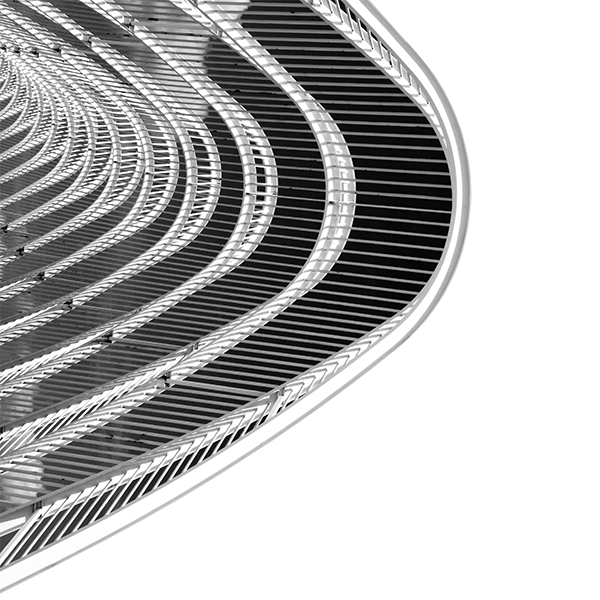Achieving Railroad Safety in Transmission Line Shared Corridors

In the intricate landscape of railroad operations, the emergence of inductive interference from electrical transmission lines presents a formidable challenge, potentially threatening both safety and the seamless functionality of signaling systems. Advance coordination by electric companies with railroads can also be a challenge. This was the reality faced by CSX in the Grand Rapids, Michigan area where the integrity of railroad signaling was compromised, leading to false activations of crossings and significant equipment damage. Recognizing the gravity of these issues, CSX enlisted the expertise of EMA, a leader in addressing electromagnetic challenges, to forge a path toward a solution.
Unraveling the Complexity of Inductive Interference
Inductive interference, a byproduct of electromagnetic fields generated by transmission lines, can have profound effects on nearby railroad signaling equipment. The proximity of these lines to railroad tracks, especially in shared corridors that can extend for miles, exacerbates the problem. Traditional tools and methodologies often fall short in accurately diagnosing and addressing the root causes of such interference, given the complex interplay of factors involved.
EMA’s Advanced Analytical Approach
EMA’s response to this challenge was characterized by the deployment of its flagship software, Ansys EMC Plus. Renowned for its sophisticated meshing capabilities, this tool enables precise modeling of electromagnetic environments, even over extensive areas. This capability was pivotal in identifying the specific sources and mechanisms of the inductive interference affecting CSX’s operations.
The process began with a comprehensive assessment of the affected area, including direct observations of the false activations and a detailed examination of the damaged equipment. This hands-on investigation provided invaluable insights into the nature and extent of the interference.

Fig. 1. Simulation model of the rail system in Ansys EMC Plus.
Diagnosing the Root Causes
The fluctuating line loadings of nearby transmission lines, particularly during peak demand periods or in emergency situations, were identified as a significant contributor to the interference. These fluctuations can induce unwanted voltages across insulating joints and between the rail and ground, posing risks to both safety and signaling reliability. In severe cases, these voltages can exceed the thresholds outlined in the EPRI AREMA rail compatibility guidelines, highlighting the critical need for a targeted solution.

Simulated vs. Measured Nominal Line Loadings
Crafting a Tailored Solution
Armed with a deep understanding of the problem, EMA developed a dual-component solution designed to address both the steady-state and transient aspects of the interference. This included a 60Hz narrowband filter to mitigate the AC-coupled currents from the transmission lines, and a surge suppression/fast-blow fuse system to protect against transient effects. This innovative approach underscored EMA’s commitment to delivering solutions that are not only effective but also tailored to the unique challenges and operational realities of the rail industry. CSX and EMA needed a solution that wouldn’t rely on interrupting rail signals or shorting out the rails exclusively to remove unwanted energy.
Implementing the Solution and Seeing Results
The installation of these custom-designed devices marked a turning point, with immediate improvements observed in the form of ceased false activations and a significant reduction in voltage issues. This outcome not only validated the effectiveness of the solution but also reinforced the importance of a proactive and collaborative approach to addressing electromagnetic interference in railroad operations.

A Partnership Built on Technical Excellence and Safety
The collaboration between CSX and EMA exemplifies how technical expertise, when coupled with a deep commitment to safety and reliability, can overcome even the most challenging of operational issues. This partnership not only resolved a pressing safety concern but also set a precedent for future endeavors to enhance the safety and efficiency of railroad operations in the face of electromagnetic challenges.
As the rail industry continues to evolve, with increasing line loadings and the integration of more sophisticated electronic systems, the insights gained from this collaboration will undoubtedly serve as a valuable resource for addressing similar challenges, ensuring that railroad operations can continue to run safely and reliably, free from the disruptive effects of inductive interference.

